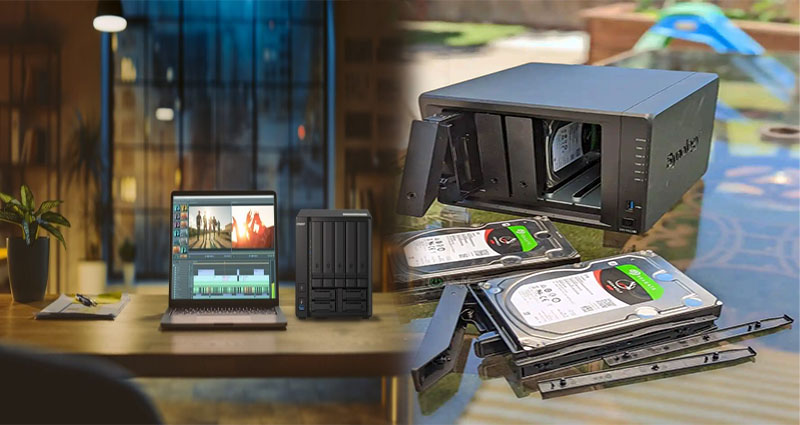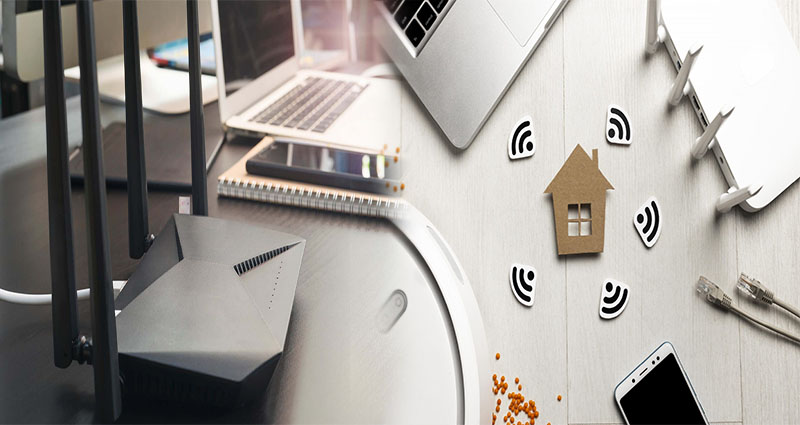Simplify Data Protection and Synchronization with Automated Backup and File Synchronization NAS for Home
As the amount of digital data we generate continues to grow, ensuring a reliable backup and file synchronization solution becomes increasingly important. Losing valuable data due to hardware failure, accidental deletion, or other unforeseen circumstances can be devastating. To address this concern, Backup and Synchronization Network Attached Storage (NAS) devices have gained popularity among homeowners. This article explores the benefits and features of automated backup and file synchronization across devices using Backup and Synchronization NAS, ultimately simplifying data protection for home users.
Automated Backup:
Automated backup is a fundamental feature offered by Backup and Synchronization NAS, which enables users to safeguard their data without manual intervention. The advantages of using automated backup include:
- Data Protection: With automated backup, important files, documents, photos, and videos are automatically backed up on a regular basis, minimizing the risk of data loss. Users can set up schedules or use continuous backup to ensure real-time














